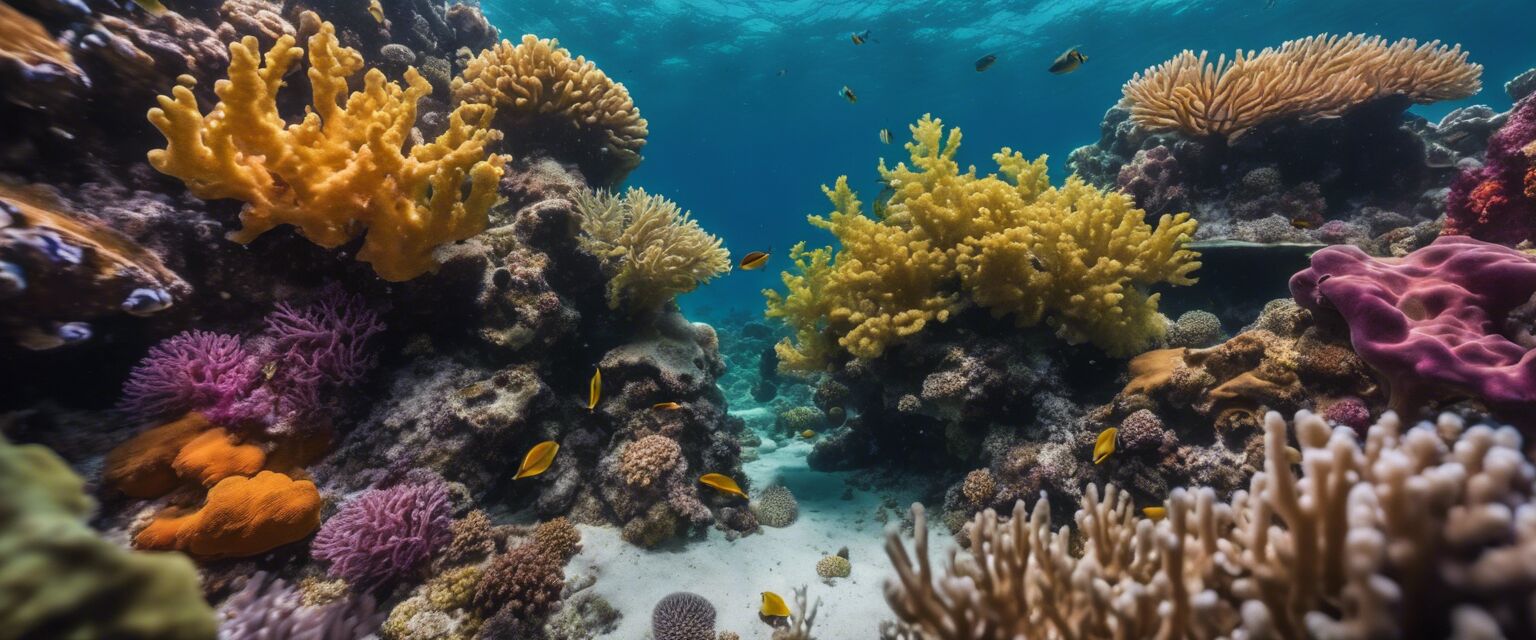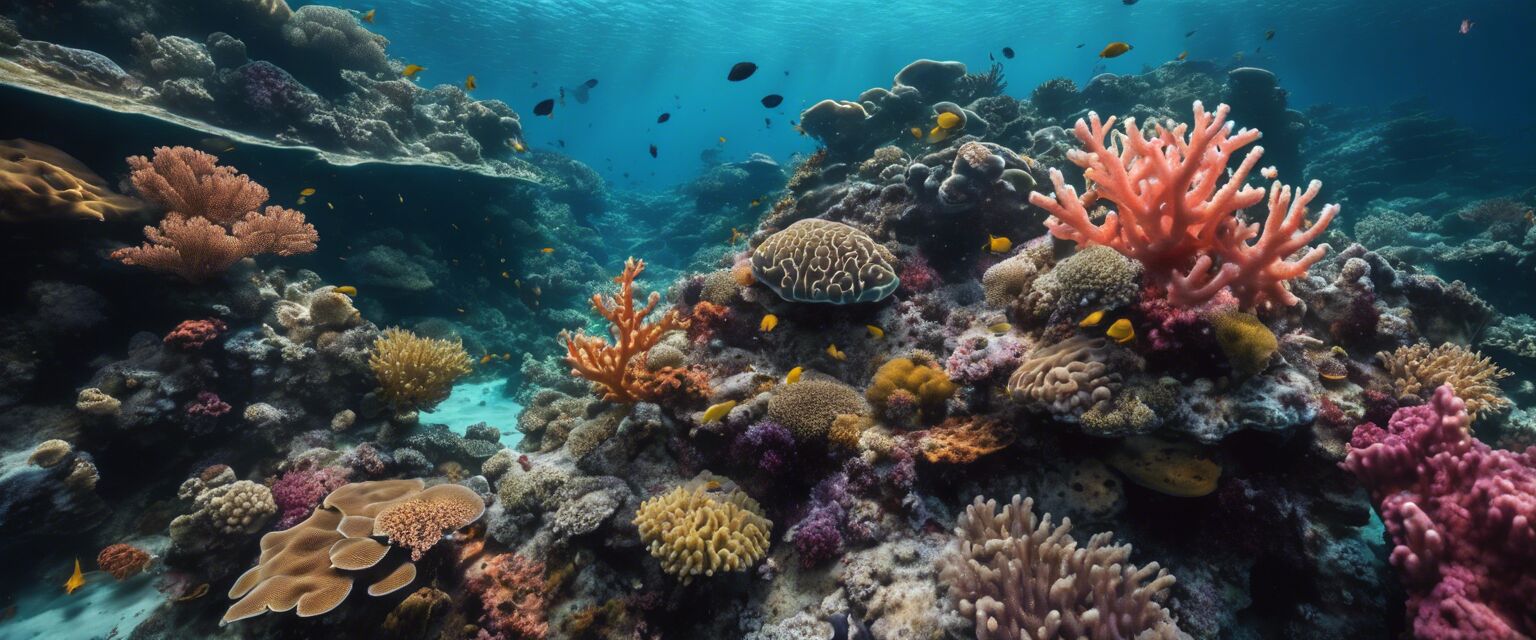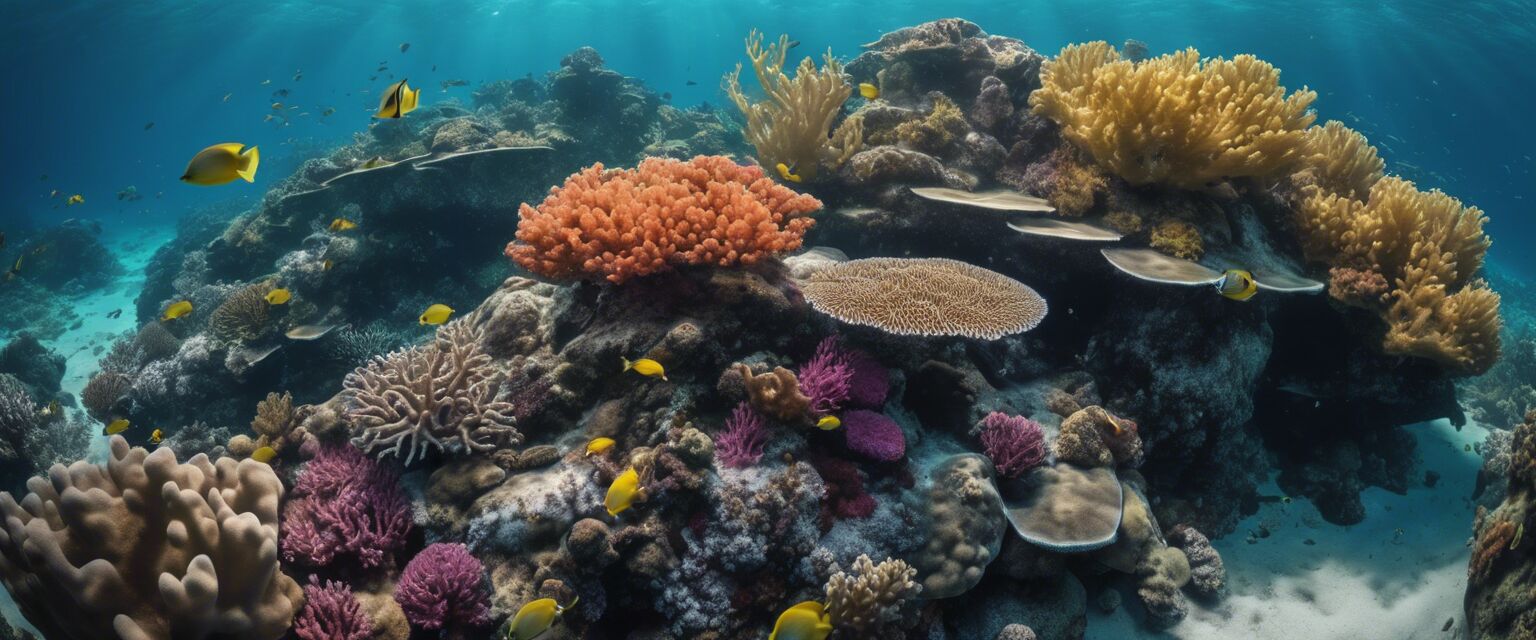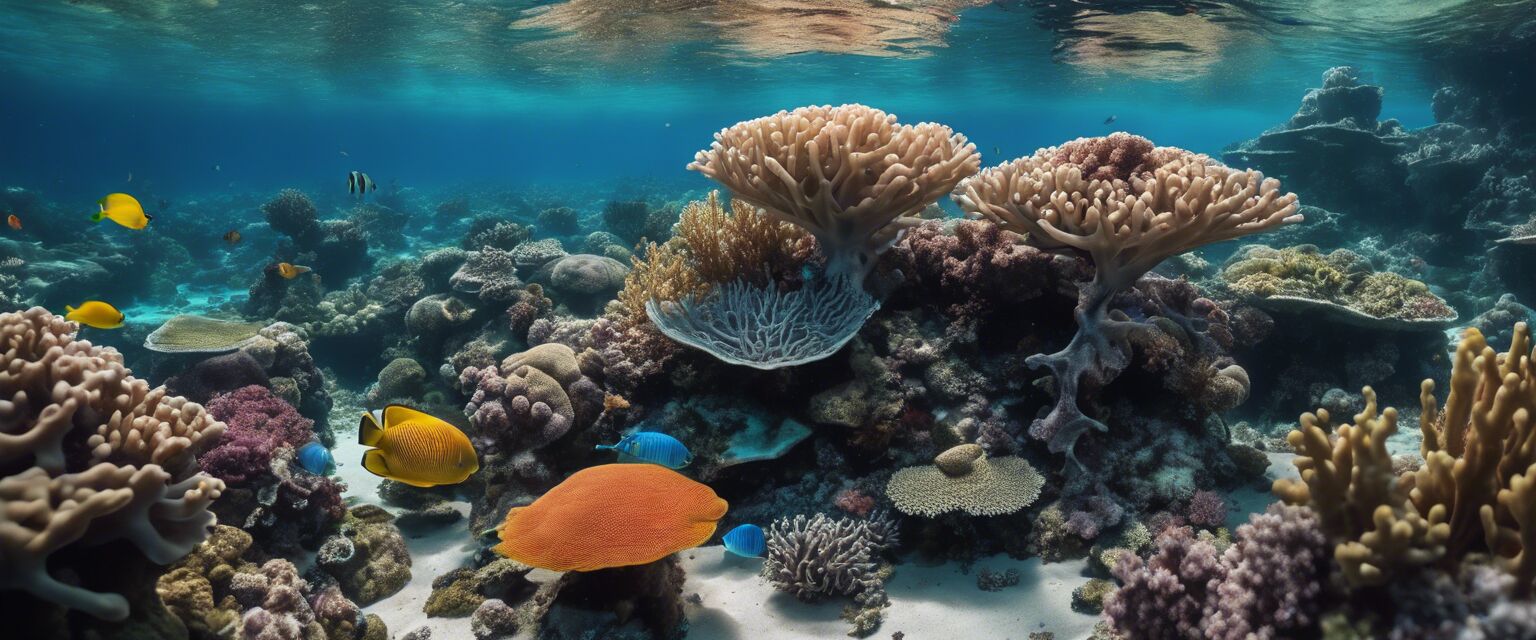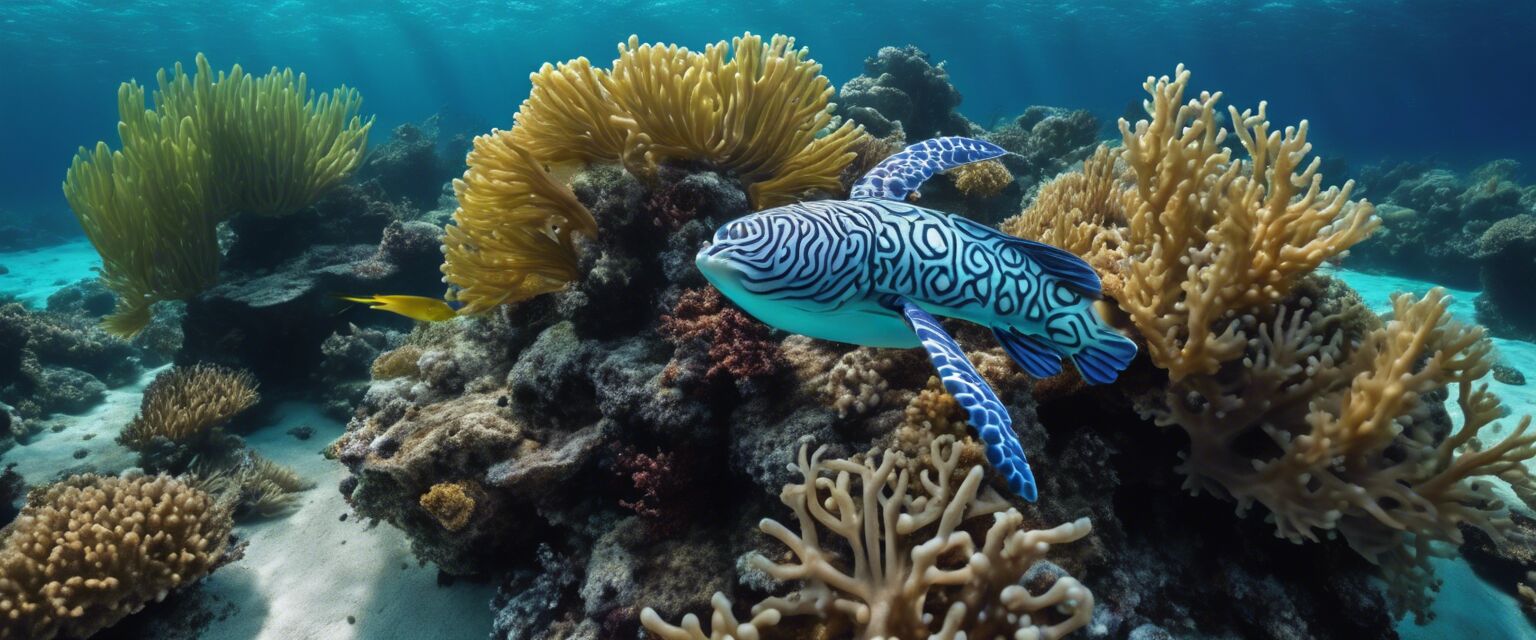
Handling Marine Life Safely
Key Takeaways
- Always approach marine life with caution and respect.
- Use proper techniques to avoid disturbing natural habitats.
- Understand the marine species you are interacting with.
- Utilize correct equipment to ensure both yours and the marine lifeâs safety.
Photography of marine life can be both exhilarating and daunting. Understanding how to approach and photograph these incredible creatures without causing harm is essential for any marine photographer. This guide will cover effective methods for safe interactions, responsible behaviors, and best practices to capture stunning images while protecting our precious underwater ecosystems.
Understanding Marine Life Behavior
Before you dive into capturing photographs, it is crucial to understand marine life behavior. This knowledge will guide your approach to different species. Here are some common behaviors you should be aware of:
| Species | Behavior | Safe Distance |
|---|---|---|
| Sharks | Often solitary; can be curious. | At least 10 feet. |
| Sea Turtles | Generally calm; may retreat if threatened. | 5-10 feet. |
| Octopuses | Can be defensive; often hide. | 10 feet unless it's confined. |
| Coral Reefs | Provide habitat for various species; very sensitive. | Avoid touching or getting too close. |
Best Practices for Approaching Marine Life
When capturing marine life images, consider the following steps to ensure their safety:
- Research Species: Before your shoot, familiarize yourself with the species you intend to photograph.
- Use Proper Equipment: Opt for appropriate underwater cameras and lenses.
- Maintain a Calm Presence: Keep movements slow and minimal; sudden actions may startle marine creatures.
- Respect Distances: Maintain safe distances as indicated in the previous table.
- Avoid Touching: Never touch the marine life or their habitats.
Recommended Equipment for Marine Photography
The right equipment not only enhances your photography but also helps protect marine life. Here are the essential items you should consider:
| Equipment | Purpose |
|---|---|
| Underwater Camera | To capture high-quality images underwater. |
| Wide-Angle Lens | To capture larger fields of view, perfect for underwater landscapes. |
| Macro Lens | To capture detailed shots of small marine life. |
| Lighting Equipment | To illuminate dark underwater areas, improving image quality. |
Common Mistakes to Avoid
Even experienced photographers can make mistakes. Here are some pitfalls to steer clear of:
- Ignoring Environmental Impact: Disturbing natural habitats can have long-term effects.
- Overexposing or Underexposing Images: Always check your lighting settings before diving in.
- Not Adhering to Local Regulations: Be aware of rules regarding marine photography in different regions.
Environmental Responsibility
Engaging with marine life comes with responsibilities. Hereâs how you can ensure youâre being environmentally friendly:
- Educate Others: Share your knowledge about marine life with fellow photographers.
- Participate in Clean-Ups: Regularly participate in ocean and reef clean-ups.
- Support Conservation Efforts: Contribute to organizations focused on marine conservation.
Photography Techniques for Marine Life
To capture breathtaking images, consider employing these techniques:
Beginner Tips
- Use natural light where possible.
- Focus on eyes for more engaging photos.
- Experiment with different angles and perspectives.
Image Editing for Underwater Photography
Editing plays a significant role in enhancing underwater images. Hereâs how you can do it effectively:
- Use Editing Software: Familiarize yourself with tools such as Lightroom and Photoshop.
- Adjust Color Levels: Correct any color casts caused by water filtration.
- Crop and Frame: Improve composition to draw attention to your subject.
Conclusion
Handling marine life safely while photographing not only protects these species but also enhances the quality of your images. By understanding behaviors, practicing safety measures, using the right equipment, and being environmentally responsible, you can create stunning photographs that inspire others to appreciate the beauty of marine ecosystems.
Pros
- Capturing stunning images that may raise awareness about marine conservation.
- Enjoying an exhilarating underwater experience.
- The opportunity to learn about marine biodiversity.
Cons
- Higher equipment costs for specialized underwater gear.
- Potential harm to marine life if not approached correctly.
- Requires thorough knowledge of marine environments.
Further Reading
For more insights into marine photography techniques, check out these additional resources:




